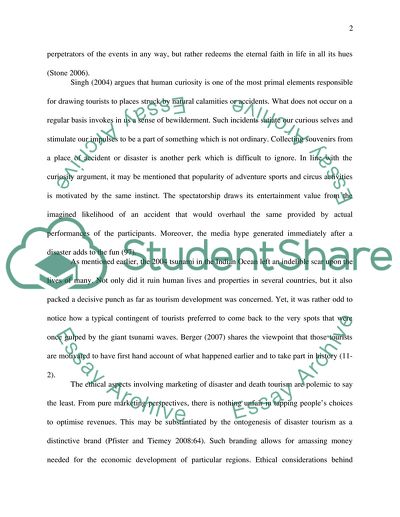Cite this document
(The Main Ethical Questions Raised by Sites of Death and Disaster Term Paper, n.d.)
The Main Ethical Questions Raised by Sites of Death and Disaster Term Paper. Retrieved from https://studentshare.org/tourism/1734237-dark-tourism-essay
The Main Ethical Questions Raised by Sites of Death and Disaster Term Paper. Retrieved from https://studentshare.org/tourism/1734237-dark-tourism-essay
(The Main Ethical Questions Raised by Sites of Death and Disaster Term Paper)
The Main Ethical Questions Raised by Sites of Death and Disaster Term Paper. https://studentshare.org/tourism/1734237-dark-tourism-essay.
The Main Ethical Questions Raised by Sites of Death and Disaster Term Paper. https://studentshare.org/tourism/1734237-dark-tourism-essay.
“The Main Ethical Questions Raised by Sites of Death and Disaster Term Paper”, n.d. https://studentshare.org/tourism/1734237-dark-tourism-essay.


